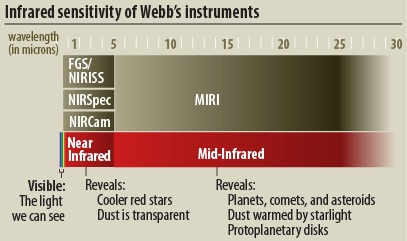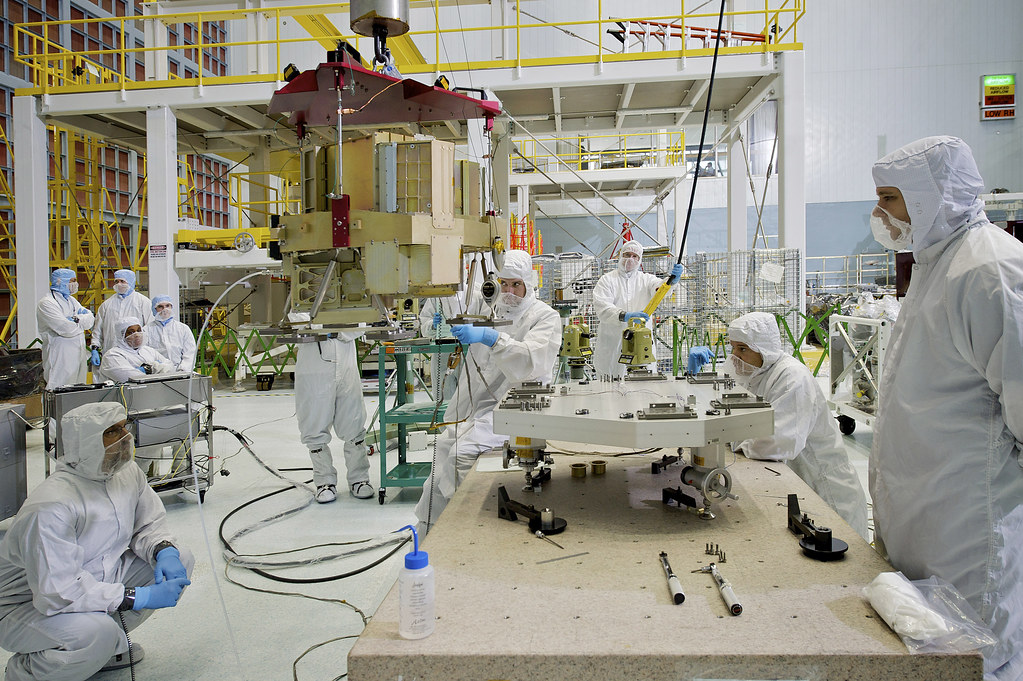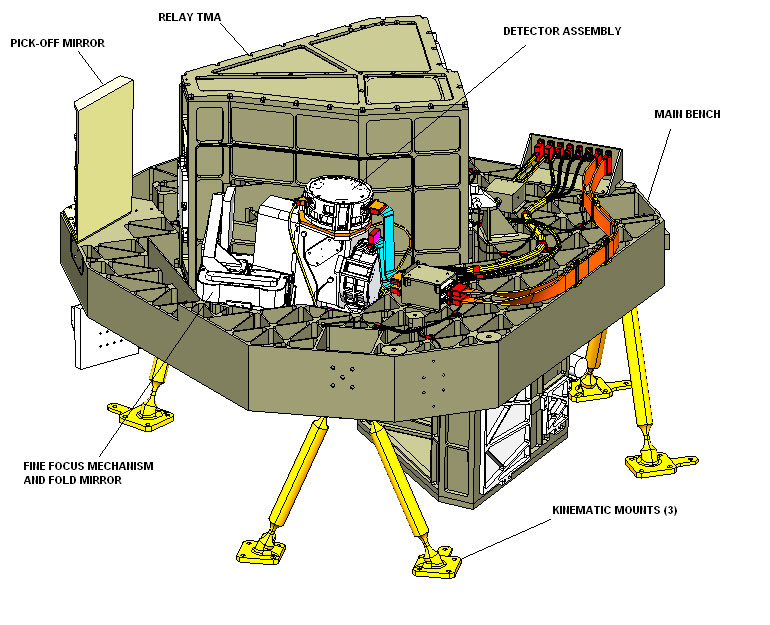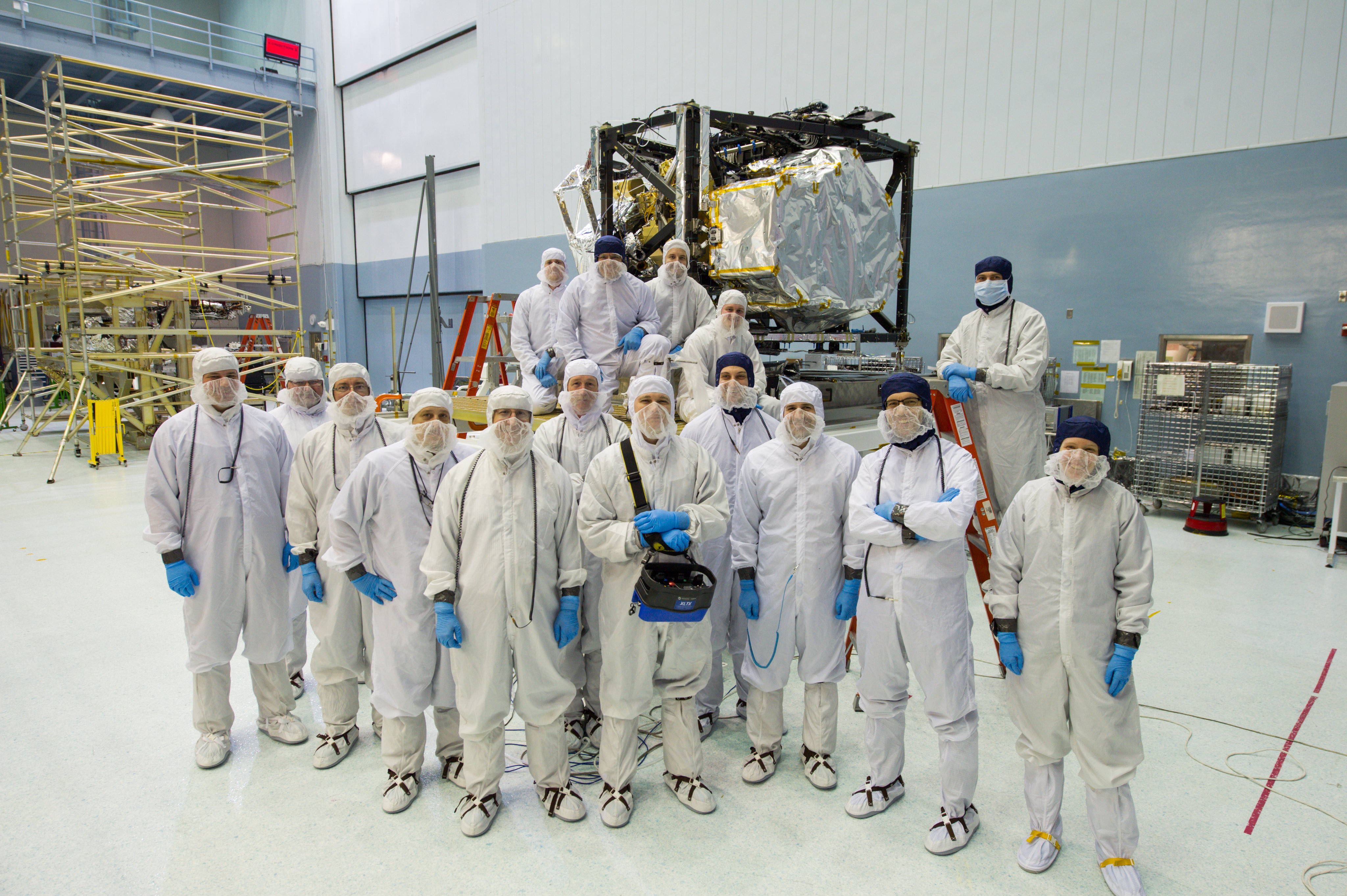Quick Facts
Fine Guidance Sensor / Near Infrared Imager and Slitless Spectrograph (FGS/NIRISS)

The Fine Guidance Sensor (FGS) allows Webb to point precisely, so that it can obtain high-quality images. The Near Infrared Imager and Slitless Spectrograph part of the FGS/NIRISS is used to investigate the following science objectives: first light detection, exoplanet detection and characterization, and exoplanet transit spectroscopy.
FGS/NIRISS has a wavelength range of 0.8 to 5.0 microns, and is a specialized instrument with three main modes, each of which addresses a separate wavelength range. FGS is a "guider," which helps point the telescope.

Video: FGS/NIRISS 3d Diagram Rotation
FGS/NIRISS Image Gallery
Gallery of the development, testing and commissioning of the FGS/NIRISS in reverse chronological order.
The image below is a SLIDESHOW. Hover over the image to see the image title and controls. Click the image to go to a detail page with more info and the ability to download the image at various resolutions (click downward arrow in lower right corner).

Resources:
NIRSpec was developed by ...
NIRISS is a contribution of the Canadian Space Agency. Honeywell International designed and built the instrument in collaboration with a team at the Université de Montréal. Additional technical support was provided by the National Research Council of Canada’s Herzberg Astronomy and Astrophysics Research Centre.







